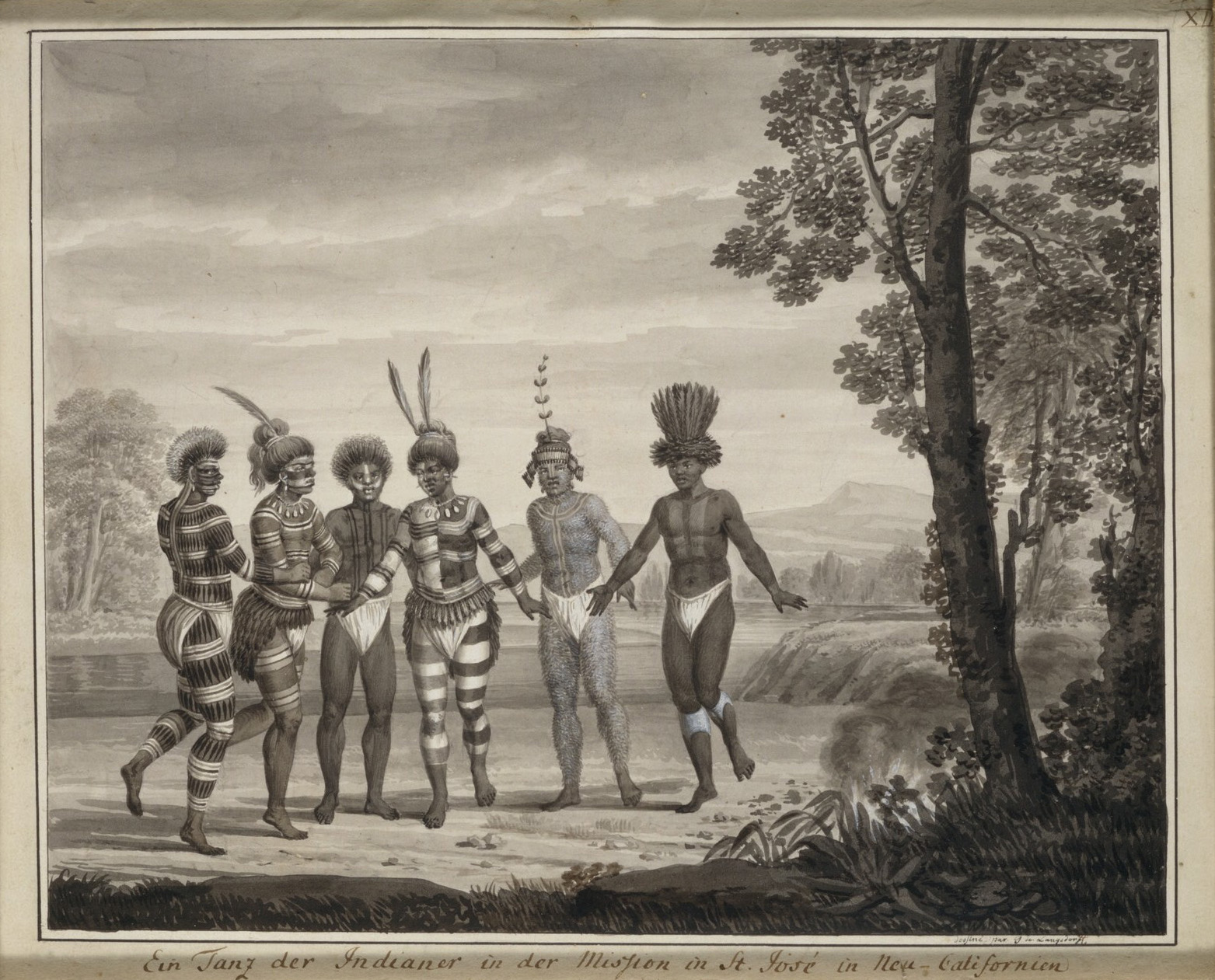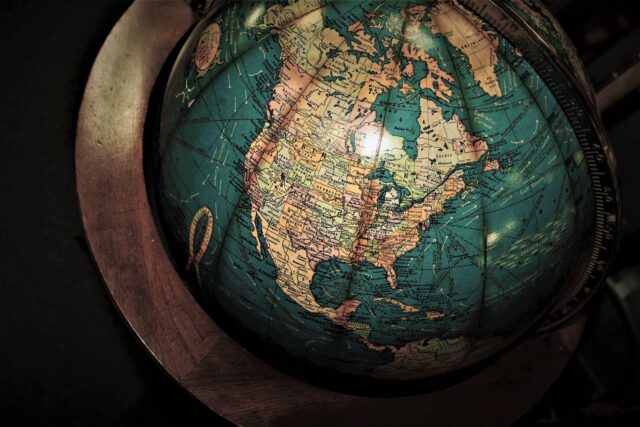If there’s one thing my fellow citizens of the United States love, its our nation’s history. Films like The Patriot popularize the drama of the revolution while the musical Hamilton shows us the fun side of founding fathers who sing catchy historical hip-hop tunes. Both of these productions deserve the criticism they’ve received for largely glossing over the elephant in the room of American History: Slavery. I would argue that there is another, larger elephant which many of my fellow citizens who allegedly love history seem only too happy to ignore: the history of its indigenous peoples.
The Oneida and other tribal groups were instrumental in securing victory for the continental patriots, yet they are regularly ignored or minimized in mainstream history texts. The United States government carried out a centuries-long campaign of genocide against its indigenous peoples, repeatedly ignoring treaties and targeting non-combatants. We don’t like to talk about this side of our history.
I remember learning when I was young that the Spanish Missions in California brought native groups and colonists together as they worked the land side-by-side. This depiction handily omitted the forced religious conversion, slavery, and mass killings which the Missions carried out against the local population.
Did I commit any of those heinous acts? No. It is often said, however, that those who do not learn history are doomed to repeat it. We may not enjoy learning about the sins of our predecessors, but ignorance does nothing to stop cycles of violence, and silence benefits only the oppressor.
If you’re a citizen of the United States, like me, you may be wondering what any of us can do about this. There’s no way to undo history, but we don’t have to repeat it
While the current indigenous population of the Americas is drastically reduced from their pre-colonial days, they are not gone. In fact, Native-Land.CA can help give you a rough idea of which tribe occupied the land on which you now live and, with a little bit of googling, you can probably discover whether that particular group is still organized.
In the interest of full disclosure, I would like to tell you a little bit about the people who lived on the land which I now occupy, the Rumsen band of the Ohlone people.
Called the Costanoan by the Spanish, the Rumsen lived on a vast stretch of central California coast. The Ohlone peoples shared a common language and customs, including elaborate costumed dance ceremonies, shamanistic religious rituals, and singing. Unfortunately, their way of life was destroyed when the Spanish colonized California, built “missions” which enslaved the indigenous and slaughtered any who dared to resist. Still, there have been efforts in modern times to reorganize the various bands of the Ohlone people and gain federal recognition, which has been slow in coming.

So how can you find out whose land you currently occupy? Native-Land.CA is a good place to start, but make sure you read the disclaimers on their site before leaping to conclusions. If your town has a library, you should check and see if it houses any special information about local indigenous groups. I recommend learning as much as you can about the people who came before you and try to get as specific as possible with your results. Then find out if that people still has an active tribe and learn how you might donate or otherwise help them. Those who remain are not gone, and deserve our care and respect.
If, like the Rumsen-Ohlone, their tribe is not recognized by the federal government, consider calling your congressperson and pressure them to support the tribe’s recognition efforts.

